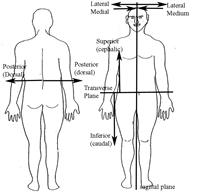
This course is excellent for people looking to enter into a career in
Natural Therapies or have a passion for Alternative and Complementary
Medicine
The Foundation Diploma in Natural Health is specially designed for
people seeking a career as a Natural Therapist, Nutritionist or
Nutrition and Health counsellor, or Wellness Counsellor.
This provides a foundation for seeking the first level of employment and a basis for further studies to progress in your career and expand employment opportunities.
Graduates may find employment in health support positions; or with further studies build to become a fully qualified practitioner in their own right.